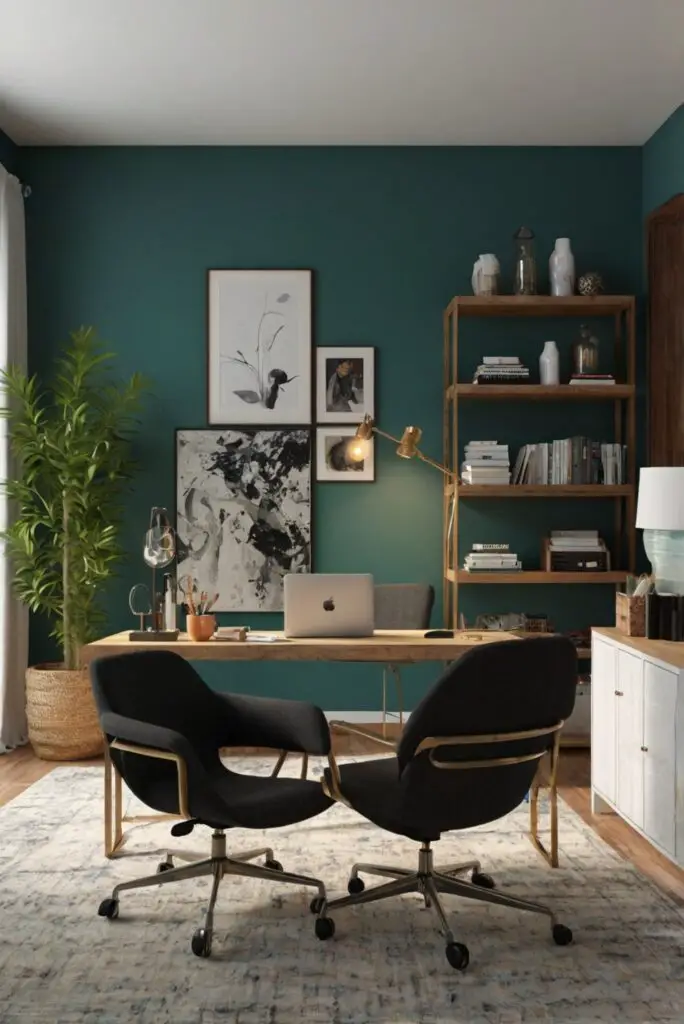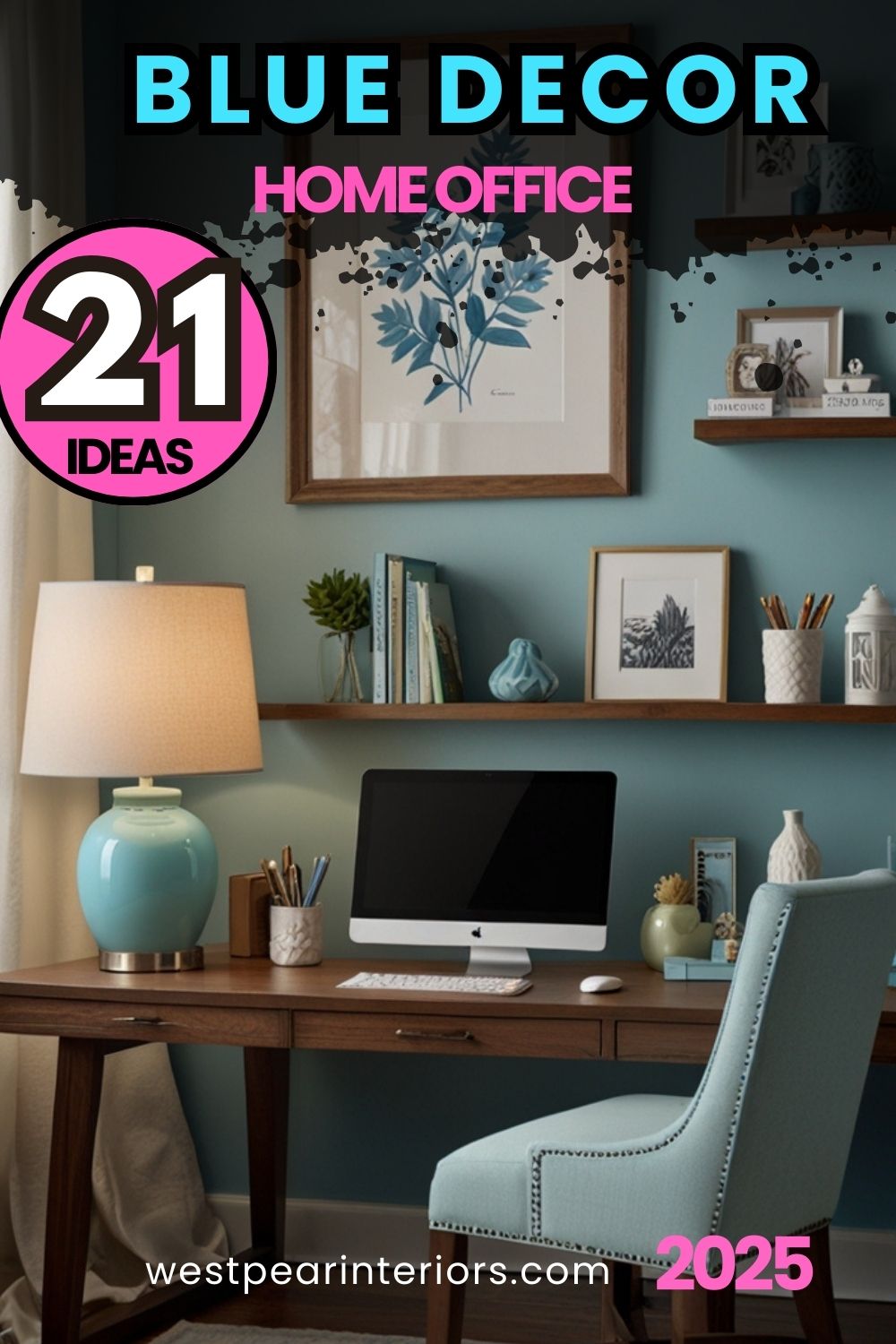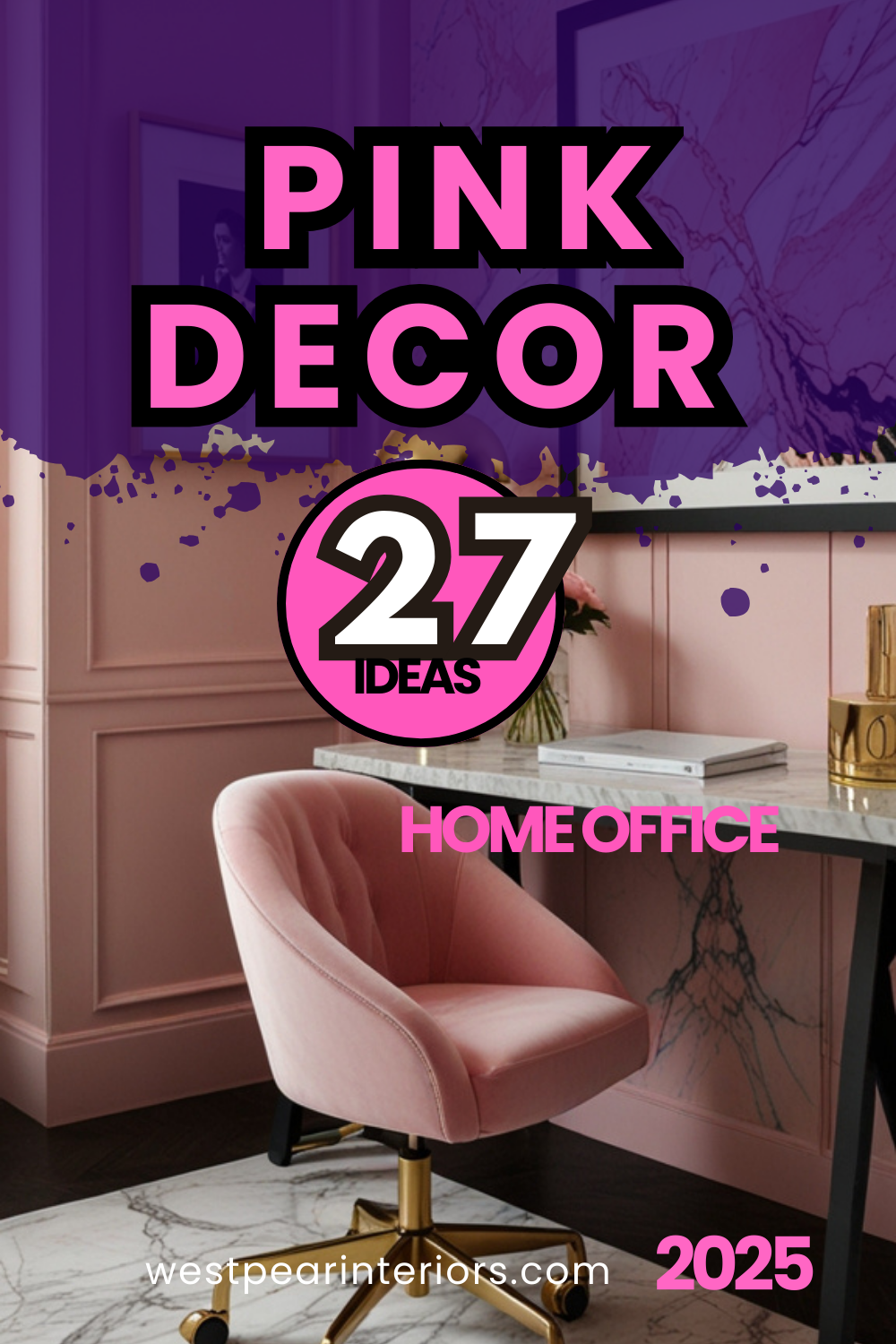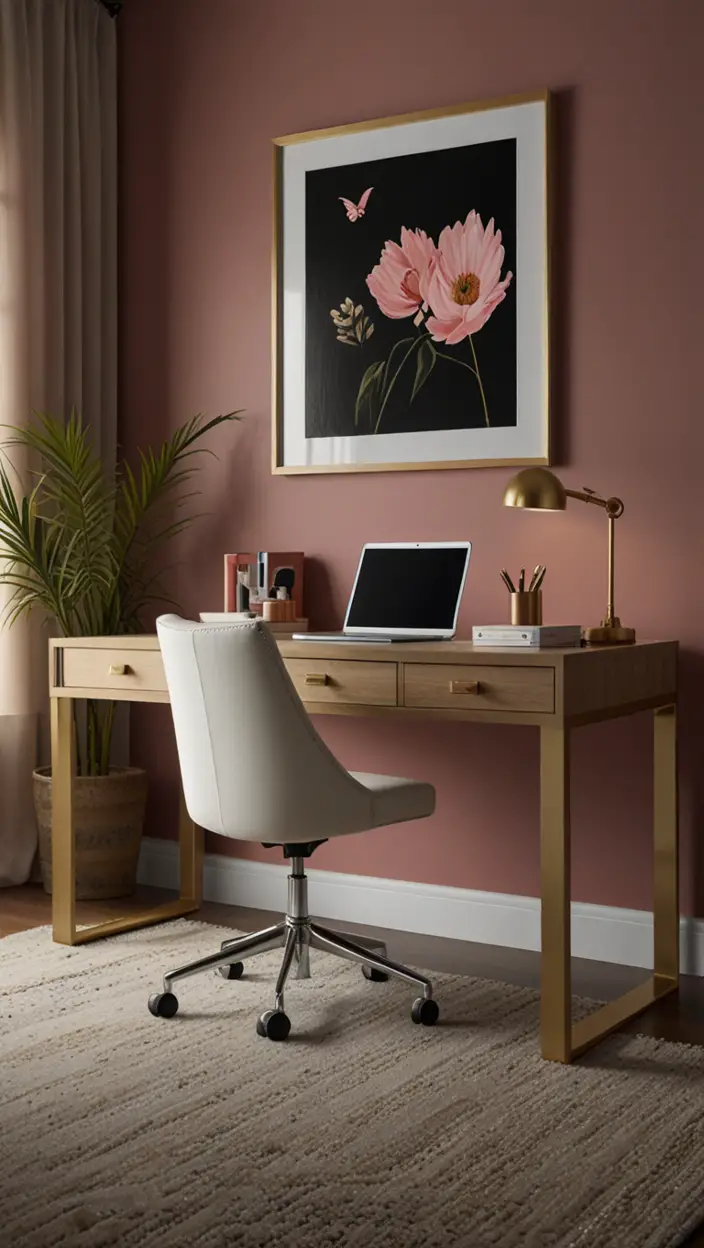Ready to tackle the challenge of seamlessly transitioning paint colors in your open-concept home office? Discover expert strategies for a flawless finish.
In an open-concept home office, transitioning between different paint colors can create a cohesive and harmonious space. Start by selecting a color palette that complements each other and reflects your style. Make sure there is a flow between the colors to avoid abrupt transitions. Using a primer paint for walls can help achieve a smooth and even finish. Consider creating an accent wall with a different color to add a focal point to the room. Additionally, incorporating matching color accessories such as throw pillows, rugs, or artwork can tie the room together. Lastly, consult with a professional interior designer for expert advice on space planning and color coordination.
How can I blend different paint colors harmoniously in an open-concept home office?
To blend different paint colors harmoniously in an open-concept home office, you can start by selecting a cohesive color palette. Choose colors that complement each other and create a sense of flow throughout the space. Consider using color theory principles such as complementary, analogous, or monochromatic schemes to guide your color choices.
My Lovely Spring Paint for 2025
Ready for a Spring Makeover? Explore the Freshest 2025 Paint Trends!
White Sage/Green SW Pistachio green Soft blue Honeysweet/Orange Pink Sugar Sage Tint BMAs an Amazon Associate, I may earn a commission from qualifying purchases at no extra cost to you.
Another important aspect is to test paint samples on the walls before committing to a color. Lighting conditions can significantly affect how a color appears, so it’s essential to see how the colors look in your specific space. Additionally, consider the size of the room and the amount of natural light it receives when selecting paint colors.
Using a neutral base color as a backdrop can help tie different colors together seamlessly. Opt for a neutral shade as the main color in your office and use bolder colors as accents to add interest. This approach can create a balanced look while allowing you to incorporate different colors without overwhelming the space.
Introducing color transitions gradually can also help create a harmonious blend of paint colors. Consider using one color as a base and gradually transitioning to a different shade in adjacent areas or walls. This can create a subtle yet effective transition that visually connects different parts of the room.
What is the best way to choose paint colors that complement each other in a shared space?
My fAV Spring DECOR for 2025
Discover Spring’s Best 2025 Decor Combinations – Perfect for Any Room!
Oversized Indoor Plants White Curved Sofas Rugs BOH Brown Cream Moroccan Hype Boho Rug Outdoor Patio Furniture Sets Topfinel Pillow CoversAs an Amazon Associate, I may earn a commission from qualifying purchases at no extra cost to you.
When selecting paint colors for a shared space, it’s crucial to consider the preferences and styles of all individuals who will be using the space. Opt for colors that appeal to everyone involved while maintaining a cohesive look throughout the area.
One effective strategy is to choose a primary color that serves as the foundation for the space. This primary color can be used on walls, ceilings, or larger furniture pieces. Once you have the primary color established, you can then select complementary colors that work well together and enhance the overall design.
Using color swatches or paint samples can help you visualize how different colors will look together in the shared space. Test the colors under various lighting conditions to ensure they complement each other well and create the desired atmosphere.
Creating a color scheme based on the room’s function can also guide your color choices. For example, calming blues and greens can be ideal for a shared relaxation space, while energizing yellows and oranges may be more suitable for a collaborative work area.
Can I use a neutral color palette to create a seamless transition between different paint colors in my home office?
Yes, incorporating a neutral color palette can be a great way to create a seamless transition between different paint colors in your home office. Neutral colors, such as whites, grays, or beige tones, provide a versatile backdrop that allows you to introduce pops of color without clashing.
Start by selecting a neutral base color that complements the overall aesthetic of your home office. This neutral shade can be used on the majority of the walls and large surfaces to create a cohesive look. You can then add accents of different colors to highlight specific areas or features in the room.
Neutral colors also offer flexibility when it comes to changing decor or accent pieces in the future. They serve as a timeless backdrop that can easily adapt to different styles or color trends over time. Additionally, neutral tones can help create a sense of calm and sophistication in your home office, making it a conducive environment for work or relaxation.
How do I ensure that the transition between paint colors in an open-concept space looks cohesive?
Ensuring a cohesive transition between paint colors in an open-concept space involves careful planning and attention to detail. One effective strategy is to create a visual flow by using the same color family or shades with similar undertones in different areas of the space.
Consider using a color wheel to identify harmonious color schemes that work well together. Analogous colors, which are next to each other on the color wheel, can create a seamless transition between different paint colors. You can also opt for gradient transitions where one color subtly blends into another, creating a smooth and cohesive look.
Using color-blocking techniques can help define specific areas within the open-concept space while maintaining a cohesive feel. Painting accent walls or architectural features in a different color can provide visual interest and create a clear separation between different zones.
Introducing transitional elements such as molding, trim, or decorative borders can also help tie different paint colors together seamlessly. These details can act as visual cues that connect disparate areas and create a cohesive look throughout the open-concept space.
What types of paint finishes work best for transitioning between different colors in an office setting?
Choosing the right paint finishes is crucial for transitioning between different colors in an office setting. Matte or eggshell finishes are often recommended for walls as they provide a smooth, subtle sheen that can help blend different colors seamlessly.
In areas where you want to create a more dramatic contrast, consider using a gloss or semi-gloss finish. These finishes reflect more light and can make colors appear more vibrant, which can be ideal for accent walls or architectural details that you want to highlight.
For high-traffic areas or spaces prone to splashes or stains, like kitchens or bathrooms, a satin or semi-gloss finish may be more practical. These finishes are easy to clean and maintain, making them suitable for areas where durability is a priority.
When transitioning between different colors in an office setting, it’s essential to maintain consistency in the paint finishes used throughout the space. Using the same finish for all walls can help create a cohesive look and ensure that the transition between colors appears seamless.
How can I incorporate accent walls or statement colors to break up the transition between different paint colors?
Incorporating accent walls or statement colors is a great way to add visual interest and break up the transition between different paint colors in an open-concept home office. Accent walls can serve as focal points in the room, drawing attention to a specific area and creating a dynamic contrast with the surrounding walls.
When choosing a color for an accent wall, opt for a shade that complements the existing color palette while adding a pop of color or drama. Consider using bold or vibrant hues to create a striking contrast with neutral or muted tones in the room.
Another approach is to use statement colors on architectural features or built-in elements to break up the transition between different paint colors. Painting doors, window frames, or built-in shelving units in a contrasting color can add visual depth and create a cohesive look in the space.
To ensure a harmonious blend of colors, consider the overall balance and proportions of the room when incorporating accent walls or statement colors. Use these bold elements strategically to enhance the room’s design without overwhelming the space.
What are some alternative options to paint for creating a seamless flow between colors in an open-concept home office?
In addition to paint, there are several alternative options you can consider for creating a seamless flow between colors in an open-concept home office. Wallpaper is a versatile choice that comes in a wide range of patterns, textures, and colors, allowing you to introduce visual interest and tie different areas of the space together effectively.
Textiles, such as curtains, rugs, or upholstery, can also help create a cohesive color scheme in an open-concept home office. Choose fabrics that feature multiple colors or patterns that coordinate with the paint colors in the room to establish a harmonious look.
Artwork and decor pieces can serve as focal points that unify the color palette in an open-concept space. Select artwork or accessories that incorporate various shades from the paint colors used in the room to create a sense of cohesion and balance.
Lighting fixtures can also play a crucial role in tying different colors together in a home office. Consider using lamps, pendants, or sconces with colored shades or light bulbs to add subtle accents of color that complement the overall design scheme.






